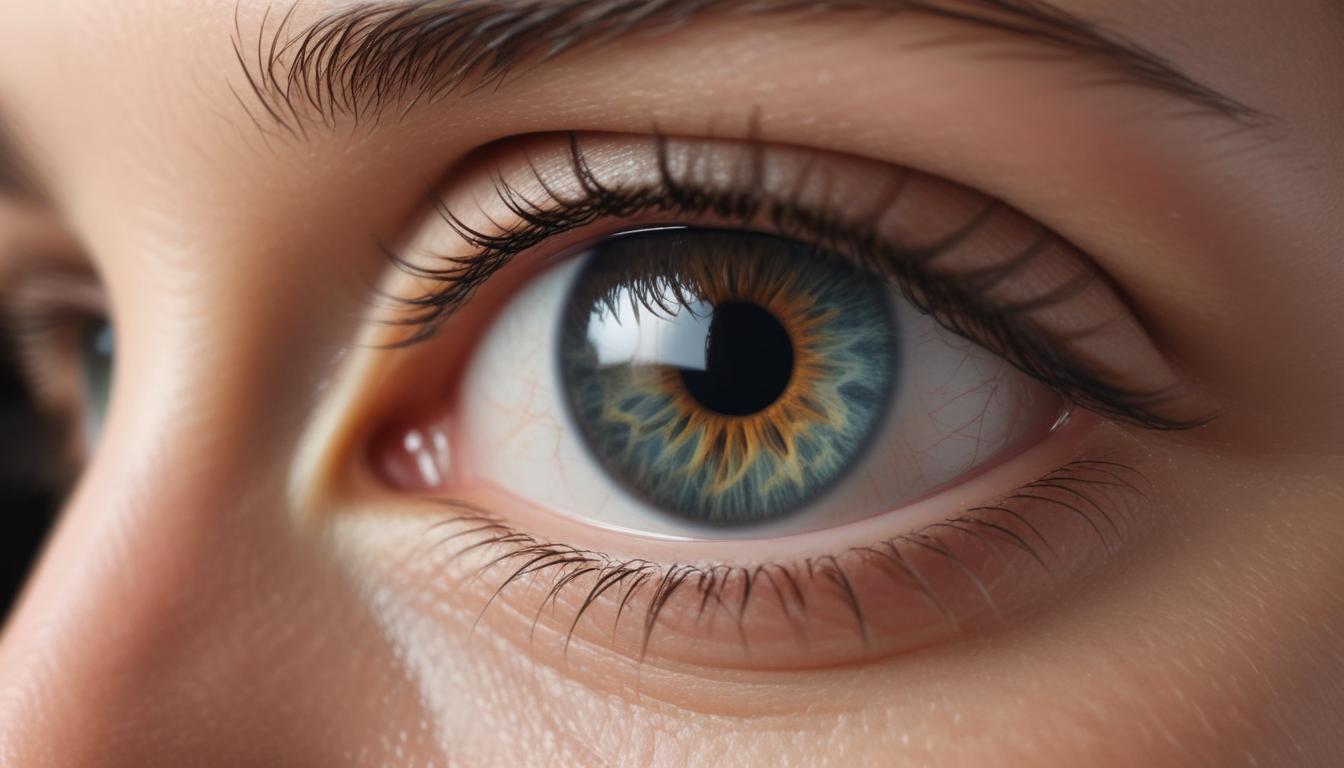Now Reading: Keep Your Vision Sharp
- 01
Keep Your Vision Sharp
Keep Your Vision Sharp

Eye Health Protecting Your Vision
Do you ever find yourself squinting at your phone, feeling a dull headache creep in after a long day of computer work? Or perhaps you worry about what the future holds for your eyesight, wondering if the blurry vision you sometimes experience is more than just fatigue. In our visually-driven world, we often take our sight for granted until a problem arises. The good news is that you have more control over your eye health than you might think. Protecting your vision isn’t about drastic measures; it’s about incorporating simple, powerful habits into your daily life. This guide will walk you through the essential steps to safeguard your precious eyesight for years to come.
The Foundations of Healthy Eyes Daily Habits that Matter
Your journey to better eye health begins with the small choices you make every day. Just as your body thrives on good nutrition and regular activity, your eyes have specific needs that, when met, can significantly reduce your risk of common problems. From the food on your plate to how you interact with screens, these foundational habits are your first line of defense in preserving clear, comfortable vision.
Building these practices into your routine is a powerful investment. It helps combat the immediate discomforts of modern life, like digital eye strain, while also laying the groundwork for long-term protection against more serious age-related eye conditions. Think of it as daily maintenance for one of your most valuable assets.
Nourish Your Eyes from Within
A well-balanced diet is one of the most effective tools for protecting your vision. Your eyes rely on a steady supply of specific antioxidants and nutrients to function optimally and defend against damage from light and free radicals. Key nutrients include lutein and zeaxanthin, which are found in high concentrations in your retina and help filter harmful blue light. Vitamins C and E are powerful antioxidants that support the health of blood vessels and tissue in the eyes, while omega-3 fatty acids are crucial for preventing dry eye and supporting retinal health.
Making eye-healthy food choices is easier than you think. To boost your intake of these vital nutrients, fill your plate with colorful fruits and vegetables. Leafy greens like spinach, kale, and collards are packed with lutein and zeaxanthin. For a dose of vitamin C, turn to citrus fruits like oranges and grapefruits, and for omega-3s, incorporate oily fish such as salmon, tuna, and mackerel into your diet. Nuts, seeds, and eggs are also excellent sources of vitamin E and other eye-friendly nutrients.
The 20 20 20 Rule and Digital Eye Strain
In today’s digital age, our eyes are working harder than ever. Staring at screens for prolonged periods forces the focusing muscles in your eyes to remain tense, leading to a condition known as digital eye strain. The symptoms are unmistakable and increasingly common: headaches, blurred vision, dry or watery eyes, and neck and shoulder pain. This discomfort occurs because we blink less frequently when focused on a screen, and our eyes are not designed for sustained, close-up work without breaks.
The solution is remarkably simple yet effective: the 20-20-20 rule. For every 20 minutes you spend looking at a screen, you should consciously look away at an object that is at least 20 feet away for a full 20 seconds. This simple action allows your eye muscles to relax, resets your blink rate to re-moisturize the eye’s surface, and can dramatically reduce the symptoms of eye strain. Set a timer on your phone or computer to remind you, and make this non-negotiable part of your workday.
Beyond the Basics Proactive Steps for Long Term Vision
While daily habits are crucial, protecting your vision for a lifetime requires a more proactive and long-term approach. This involves seeking professional care to catch problems before they become serious and taking deliberate steps to shield your eyes from environmental threats. These actions are your best defense against silent, sight-stealing diseases that often show no early symptoms.
Making these proactive steps a priority moves you from defense to offense in your eye health strategy. It empowers you and your eye doctor to monitor your vision health over time, track changes, and intervene early if necessary. This level of care is what truly preserves sight and ensures you can enjoy a vibrant, clear world throughout your life.
The Importance of Comprehensive Eye Exams
A common misconception is that eye exams are only for updating your glasses or contact lens prescription. In reality, a comprehensive dilated eye exam is one of the most important health screenings you can have. It is the only way to get a clear, unobstructed view of the retina, optic nerve, and blood vessels at the back of your eye. This allows your optometrist or ophthalmologist to detect serious eye conditions like glaucoma, macular degeneration, and diabetic retinopathy in their earliest stages, often before you notice any symptoms.
Adults should have a comprehensive eye exam every one to two years, or more frequently if you have risk factors like a family history of eye disease, diabetes, or high blood pressure. Unlike a simple vision screening, this exam includes pupil dilation, which allows for a thorough internal inspection, and tests like tonometry to measure eye pressure. Catching a condition like glaucoma early can be the difference between preserving your sight and experiencing irreversible vision loss.
Shield Your Eyes from Harmful UV Rays
Just as you protect your skin from the sun, you must protect your eyes. Cumulative exposure to the sun’s ultraviolet (UV) rays can significantly increase your risk of developing serious eye problems. UV light can contribute to the formation of cataracts, a clouding of the eye’s lens, and may play a role in the development of age-related macular degeneration (AMD). It can also cause photokeratitis, a painful “sunburn” of the cornea, and growths on the eye’s surface.
To protect your eyes effectively, always wear high-quality sunglasses when you are outdoors, even on cloudy days. Look for a label that says the lenses block 99% or 100% of both UVA and UVB rays. The color or darkness of the lens does not indicate its level of UV protection, so always check the tag. For added protection, especially during peak sun hours, wear a wide-brimmed hat. This simple combination is a powerful shield against the sun’s damaging effects and a critical step in your long-term vision care plan.



































